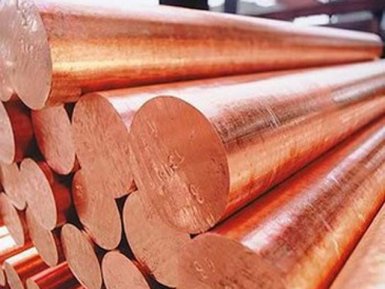Properties and defects of heat-resistant steel

Are you interested in the properties and defects of heat-resistant steel? Supplier Avlob offers to buy stainless steel at a bargain price. We guarantee timely delivery of products to any specified address. Regular customers can take advantage of discount discounts. The price is the best in this segment.
Technical specifications
Heat-resistant marks must also be heat-resistant, that is, they must withstand at high temperatures destruction and creep. In heat-resistant steels, the hardening phase, along with carbides of chromium, are carbides of vanadium, molybdenum, tungsten and other elements, as well as intermetallic carbides. The addition of refractory elements-molybdenum, tungsten, niobium, and tantalum to the melt, has a stabilizing effect, since these elements increase the temperature of recrystallization and weaken the diffusion processes.
Ferritic steel
Ferritic grade steel until recently was used only as heat resistant. However, recently, high-temperature ferritic steels have been developed and successfully introduced, for example, the grade 12X2MB8FB (EP503) hardened with FeW intermetallide phase particles. Supplier Avlob offers to buy heat-resistant metal at a bargain price. The price is the best in this segment of rental.
Austenitic steel
A much higher heat resistance is characteristic of austenitic steels. Widely used alloying 12−20% Cr and 7−30% Ni / Nickel itself refers to corrosion-resistant metals and increases the corrosion resistance of steels in solutions of salts, alkalis and weak acids. 20−30% nickel increases the heat resistance of iron-chromium alloys. Due to the high cost of nickel in some heat-resistant steels, it is partially or completely replaced by another element — manganese. To obtain high heat resistance, carbon additives with vanadium, molybdenum, tungsten, niobium and nitrogen are recommended.
Intergranular corrosion
Chromium-nickel, chromium-nickel manganese and chromium-manganese refractory grades well resist general corrosion, but are sensitive to intergranular corrosion, especially after slow cooling in the temperature range 500−850 ° C. This is explained by the separation of chromium carbides located along grain boundaries. In electrolyte solutions, carbides form galvanic pairs with carbon-depleted areas of grain. As a result of structural heterogeneity, the grain boundaries are subjected to more severe corrosive corrosion.
Intergranular corrosion
Austenitic grades become insensitive to intercrystalline corrosion if the carbon content of the solution is less than the limit of its solubility in austenite at room temperature, i.e., less than 0.02−0.03%. The production of high-temperature steels with such a carbon content in electric arc furnaces is difficult. Therefore, in the smelting of corrosion-resistant austenitic steels, the upper limit of the carbon content is usually set at 0.08−0.12%, and further reduction of the carbon concentration in the solution is carried out by additives of strong carbide-forming elements, titanium or niobium.
Stripping
The high content of chromium and titanium in steels of this type causes intense oxidation of the metal during casting with formation of a crust rich in oxides and nitrides of titanium in the mold on the metal surface. Curl turns when filling the mold give rise to numerous defects in the surface of the ingot of high-temperature steel, which force the ingot to be subjected to continuous stripping to a depth of 10−20 mm.
Delivery, price
Are you interested in the properties and defects of heat-resistant steel? The supplier Avlob offers to buy stainless steel at an affordable price. The price is formed on the basis of European production standards. Supplier Auglob offers to buy stainless steel at the best price in bulk or at retail.


